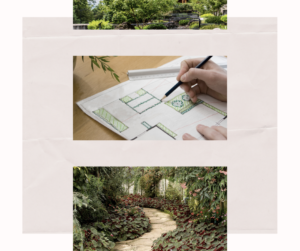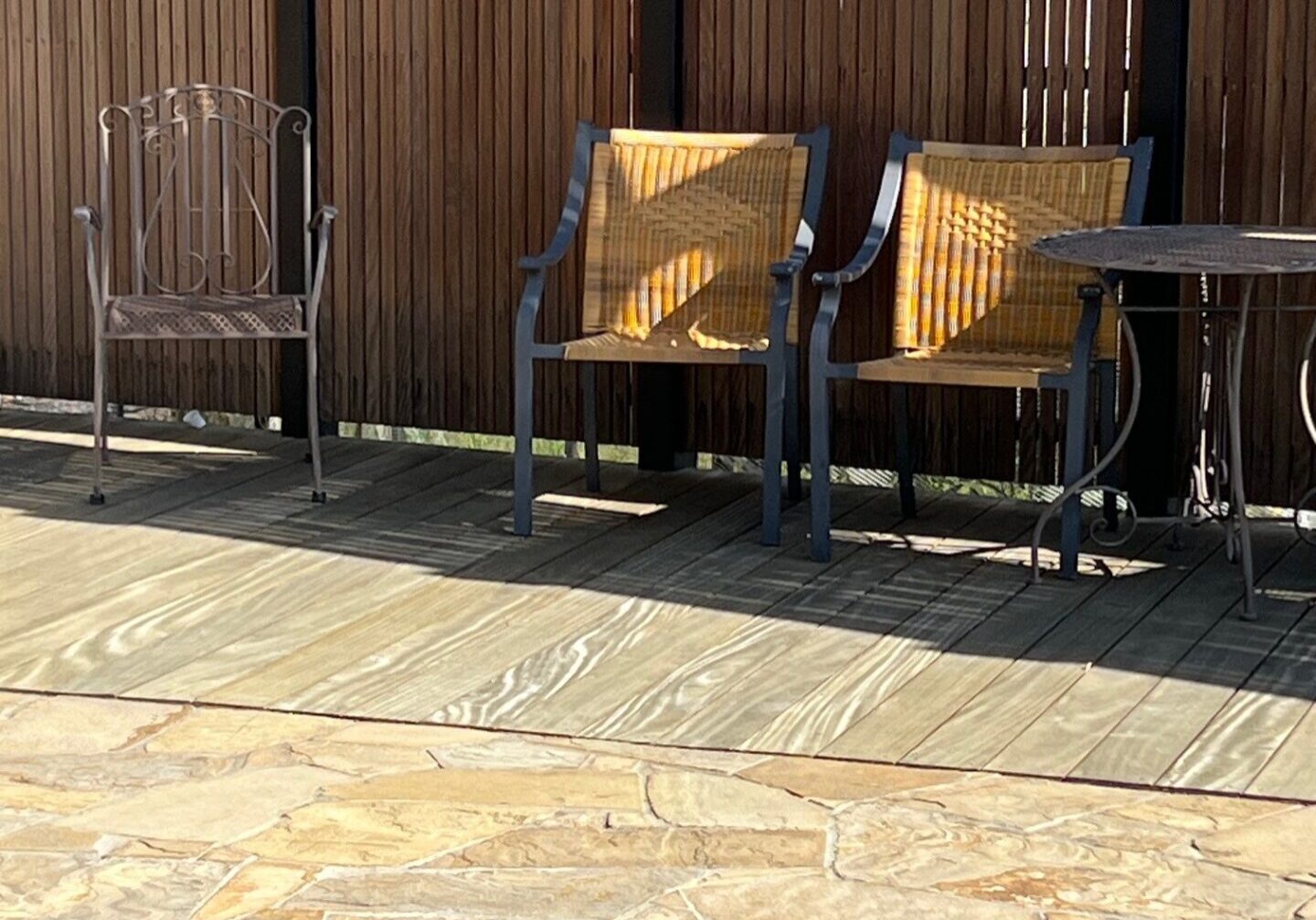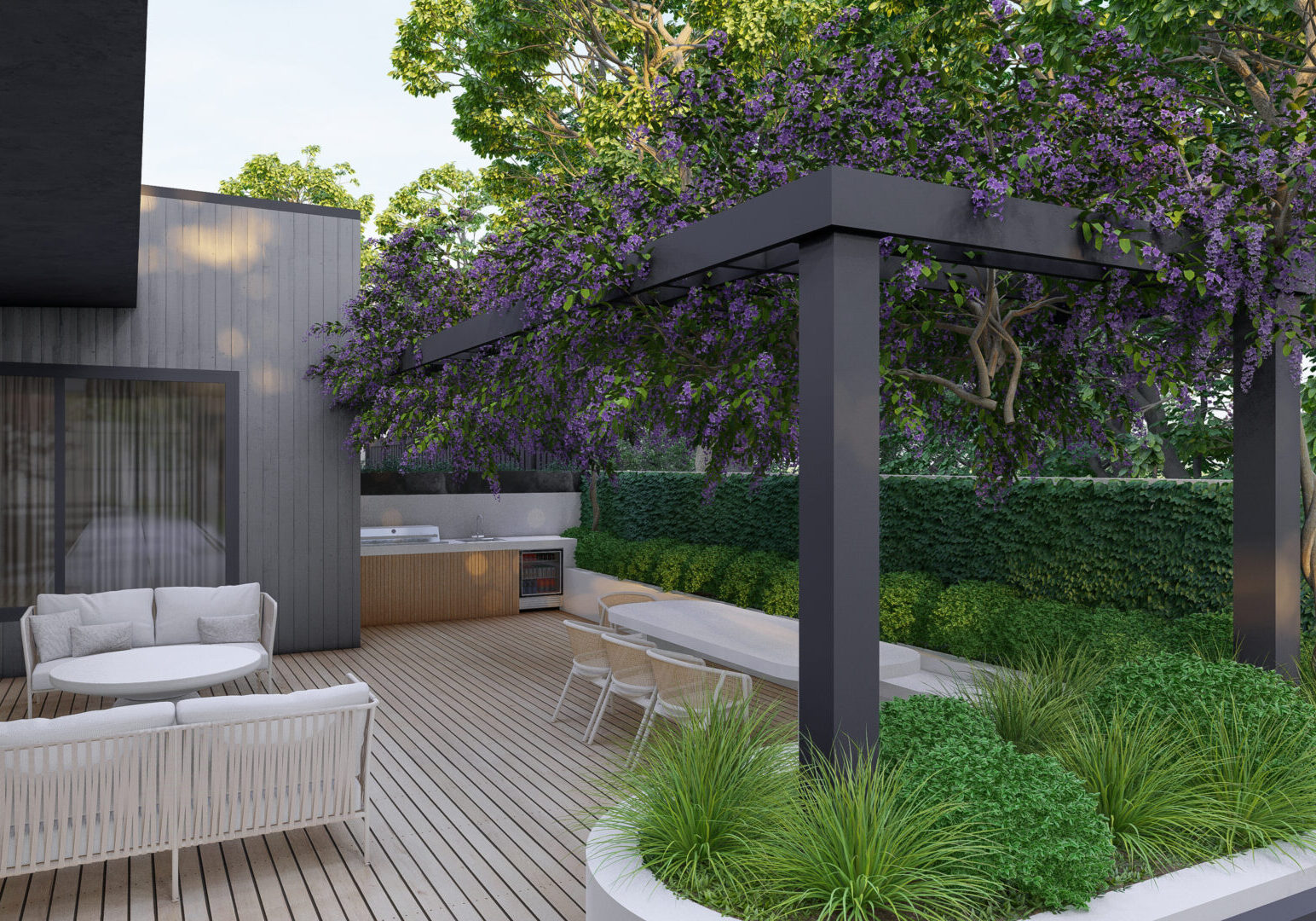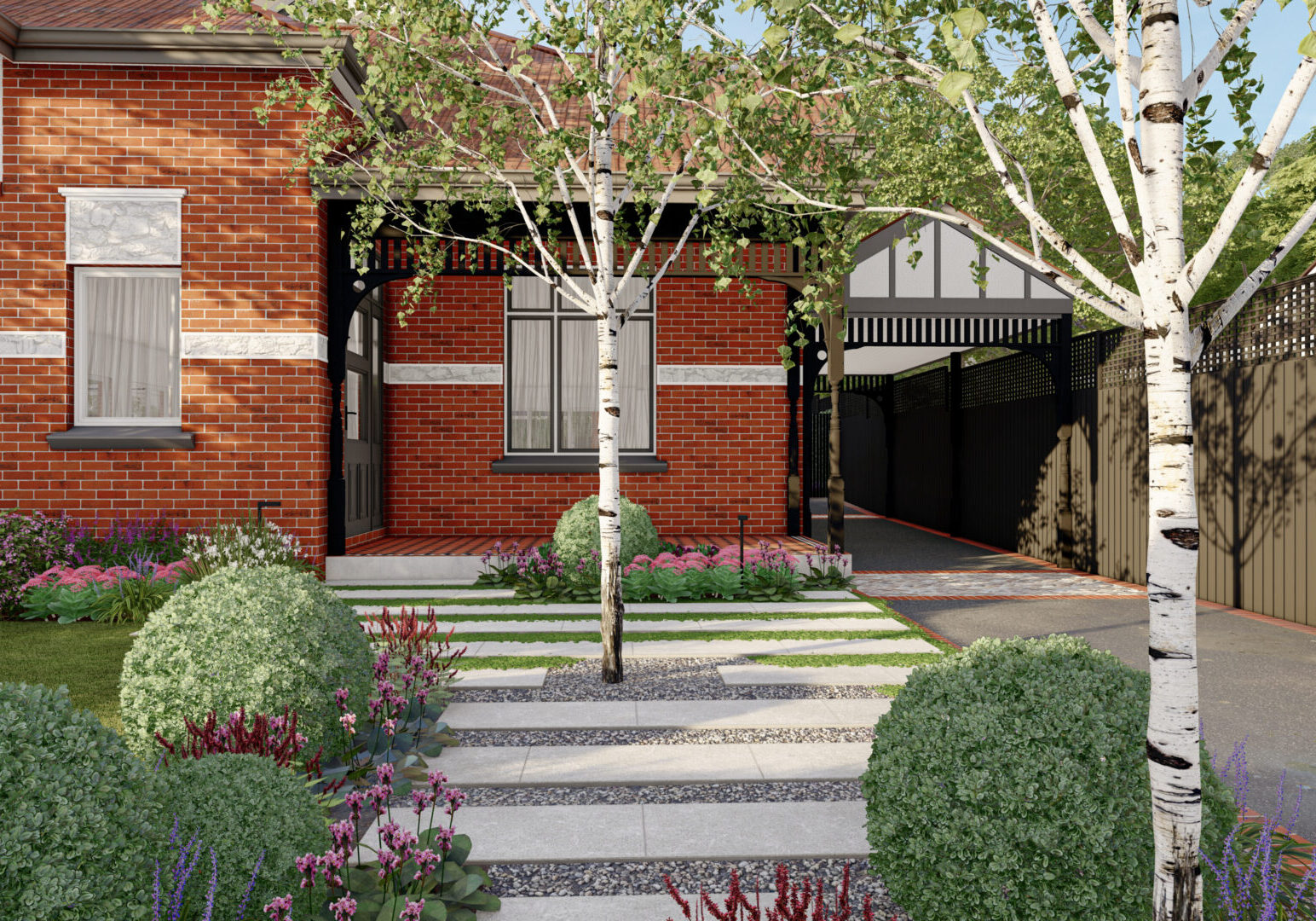5 Building Blocks of a Good Landscape Design December 22, 2021

Just as the interior of your home must complement the architecture and
honour the landscape, the design of your home’s exterior must also respond
to the needs of your family and the history of your site. From the tenets of
colour theory to the philosophy of Feng Shui, landscape design is informed
by both the emotional and the aesthetic. Creating a space that calms while
invigorating and enlightens while soothing is not only difficult, it is an
absolute art. Follow below to learn the five building blocks of good
landscape design and stay tuned for more about how you too can create your
own stunning outdoor space.
Five Essential Elements of Effective Landscape Design

#1 Achieving Balance not Symmetry in Your Garden
Proportion, mass and visual weight are all important elements of landscape
design. Each of these feeds into the idea of balance. As John Spacey explains
in his post “Symmetry vs. Balance” for Simplicable,
“symmetry is the use of
mirror images and repetition to create balanced designs and design
elements [while] balance is a visual effect that makes designs look as if they
are equally weighted on both sides of their vertical centre.” Symmetry
works well in linear spaces, but balance is more effective in organic, natural
spaces like gardens and other outdoor areas. Instead of aiming for exact
symmetry in your backyard, try for balance.

#2 Aiming for Textural and Tonal Variety with Your Plants
Textural and tonal variety is incredibly important for creating a dynamic,
intriguing garden that excites visitors from season to season. Planting only
a couple species of plants can make your yard stunning for a single season,
but could allow it to peter out during others. In their post “The Seven
Principles of Design,” the County of Santa Clara Sustainable Landscape
Management bureau notes that “shape, size and form selections should be
diverse in order to create visual interest.” Opting for a mixture of
perennials, annuals and evergreens ensures your space is vibrant and
verdant year round.

#3 Utilizing Negative Space
Mass — and the absence of mass — is one of the most basic building blocks
of landscape design, writes Kim Toscano in her article “3 Key Landscape
Design Elements” for Southern Living Plant Collection. Toscano notes that
“the objective in design is to balance the mass of objects in the landscape,”
with each individual component “sized according to their surroundings.”
However, just as the physical mass of objects is important to consider, so is
the “mass of open space.” She explains that “the mass of open space (void)
and filled space [must be] balanced” in landscape design for the space to be
powerful and effective.

#4 Designing for Functionality
As Frank Lloyd Wright once said “form and function should be joined in a
spiritual union.” Wright meant that form and function need not fight each
other but neither rises to its full potential without the other. Designing
simply for aesthetic value while forgetting about the usefulness of a space
reduces it to its most basic form rather than honouring it. As such, landscape
designers should focus on striking a balance between the homeowner’s
intention for a space and their aesthetic. Backyards should be beautiful and
full of life, but they should also cater to the needs and lifestyle of their
owner, establishing a stunning backdrop for all life’s activities.

#5 Considering the Environment
Time, energy and monetary cost will always enter into the planning of a
backyard, front yard or side yard garden. Considering the environment that
surrounds your home is one of the best ways in which to reduce energy
usage, time expenditure and financial expense. It also weighs the historical
significance of the landscape — rooting the home in its surroundings. In
her article “Weather and Environmental Factors in Green Landscape
Design” for Dengarden, Susette Horspool — lovingly nicknamed
“Sustainable Sue” — writes that “understanding your local weather
patterns and other climate factors” is essential to creating a garden that is
“most likely to succeed where you live.”










